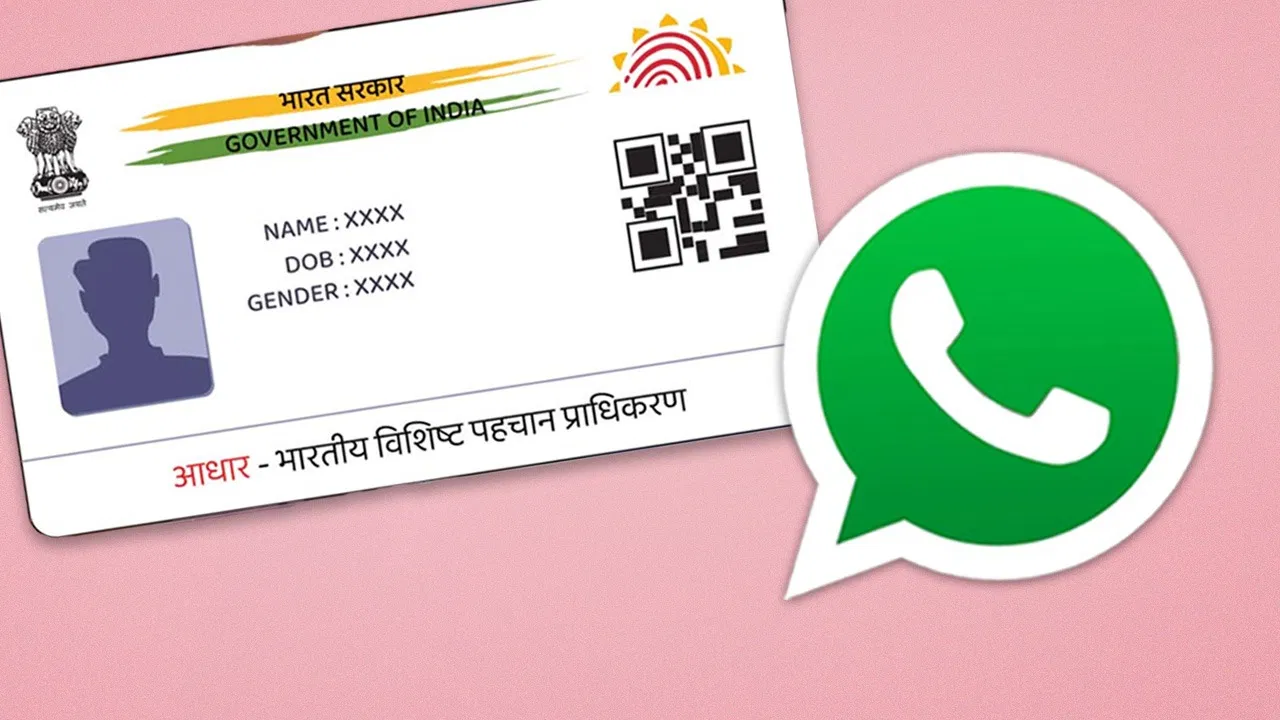On a routine journey that was expected to mark another successful flight, United Airlines Flight UA770 faced an unexpected challenge when it had to execute an emergency diversion. Emergency diversions, though rare, are critical events in commercial aviation that prioritize passenger and crew safety above all else. This article provides a comprehensive, detailed look into what happened during the UA770 emergency diversion, examining the causes, responses, and implications for travelers and the airline industry.
Understanding Emergency Diversions in Aviation
Before diving into the specifics of the UA770 flight, it’s important to understand what an emergency diversion entails. In aviation, a diversion occurs when a flight changes its planned landing destination due to unforeseen circumstances. An emergency diversion is a higher-level response where safety is at immediate risk, and the flight crew must act swiftly to secure the wellbeing of everyone onboard.
Common reasons for emergency diversions include medical emergencies, technical malfunctions, severe weather conditions, or security threats. Airlines train pilots and crews thoroughly to handle these situations efficiently, ensuring minimal risk and disruption.
The UA770 Flight Background
United Airlines Flight UA770 is a regular passenger service flight operated by United Airlines, one of the world’s leading carriers. Serving numerous domestic and international routes, the airline is known for its commitment to safety and operational excellence. However, like any airline, emergencies can arise without warning.
On the specific day of the incident, UA770 was scheduled to fly smoothly from its origin to its destination. Passengers boarded expecting a routine flight but were soon informed of an unexpected change due to an emergency diversion.
What Triggered the Emergency Diversion?
According to official sources and airline reports, the emergency diversion of UA770 was initiated due to a technical issue detected mid-flight. While the airline has not disclosed every detail for security and safety reasons, the issue was significant enough to require an immediate change in course.
Technical issues in commercial flights can range from engine warnings to instrument malfunctions. The priority is always to divert to the nearest suitable airport with proper facilities for safe landing and repair. In the case of UA770, the flight crew promptly coordinated with air traffic control to identify an emergency landing site.
The Diversion Process
Once the emergency was declared, the pilots followed a well-rehearsed protocol. The first step was to inform the cabin crew and passengers calmly to prevent panic. Communication during emergencies is critical to maintain order and ensure cooperative behavior.
The flight crew coordinated with the nearest airport’s air traffic control tower, which in emergency situations, prioritizes the incoming flight, clearing other air traffic as necessary to facilitate a safe landing. Emergency services, including medical and fire response teams, were alerted and stood ready at the chosen airport.
After receiving clearance, the pilots carefully adjusted the flight path to the diversion airport. Passengers reported an increased level of tension but appreciated the professionalism displayed by the cabin crew throughout the process.
The Emergency Landing
United Airlines Flight UA770 successfully landed at the diversion airport without incident. The airport was equipped to handle such emergency landings, and the necessary technical teams boarded the aircraft for immediate inspection.
Passengers were prioritized for care, with some requiring medical attention due to anxiety or minor injuries sustained during the landing. The crew managed these concerns on-site while ensuring everyone’s safety and comfort.
After thorough checks, the airline arranged alternative transportation or accommodations for passengers affected by the delay caused by the emergency.
Passengers' Experiences and Reactions
When an emergency diversion occurs, passenger reactions can vary from fear and anxiety to relief and gratitude for the crew's professionalism. Many UA770 passengers expressed their admiration for how calmly and efficiently the situation was managed.
Several passengers shared their experiences on social media, praising the timely updates and the attentive care provided during what could have been a stressful ordeal. Such feedback highlights the critical nature of good communication during emergencies.
Importance of Airline Safety Protocols
The UA770 emergency diversion also underlines the importance of robust safety protocols. Airlines like United invest heavily in training pilots, crew, and ground staff to respond quickly and effectively to various emergencies.
The aviation industry is heavily regulated by organizations such as the Federal Aviation Administration (FAA) in the United States, which sets stringent safety standards that airlines must adhere to. These regulations ensure that every emergency diversion is conducted with passenger safety and regulatory compliance as top priorities.
What Passengers Should Know About Emergency Diversions
For travelers, an emergency diversion may be an alarming experience, but understanding the process can help reduce anxiety:
Stay Calm: Trust in the professionalism and training of the flight crew.
Follow Instructions: Always listen carefully to crew announcements and instructions.
Ask Questions: If safe, inquire about updates and what to expect next.
Prepare for Delays: Diversions usually cause flight delays; being patient can ease stress.
Document the Incident: If comfortable, passengers may document their experience for insurance or airline feedback.
The Bigger Picture: How Airlines Improve from Diversions
Every emergency diversion is an opportunity for airlines and regulators to learn and improve. After the UA770 incident, United Airlines conducted a thorough review to analyze what happened, the effectiveness of the response, and any potential improvements.
These reviews often lead to enhanced training, improved technical checks, or revised protocols aimed at preventing future emergencies or managing them better.
High Authority Source for Aviation Safety
For those interested in a deeper dive into airline safety protocols and emergency procedures, the Federal Aviation Administration (FAA) website is an authoritative resource detailing regulations, safety programs, and updates in the aviation industry.
Read More: What Does Matcha Taste Like? A Beginner’s Guide to Japanese Green Tea
Conclusion
United Airlines Flight UA770's emergency diversion was a clear demonstration of aviation safety protocols in action. While such events are rare, the priority is always passenger safety and operational transparency. Through skilled crew intervention, prompt communication, and adherence to safety protocols, the UA770 flight was safely diverted and landed without further incident.
Passengers’ positive responses to the professionalism exhibited highlight the airline’s commitment to safety and customer care. For all travelers, understanding the nature of emergency diversions can provide reassurance and a better appreciation of the complexity involved in ensuring safe air travel.





